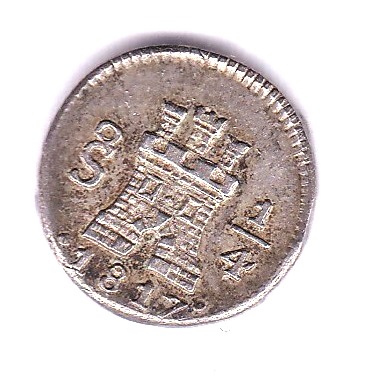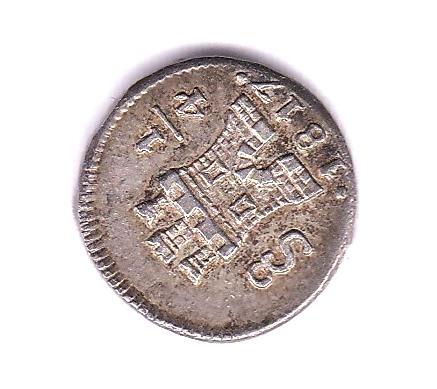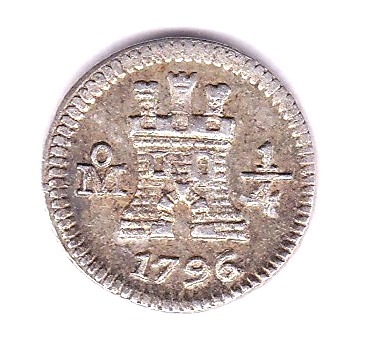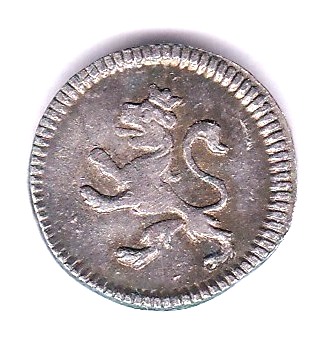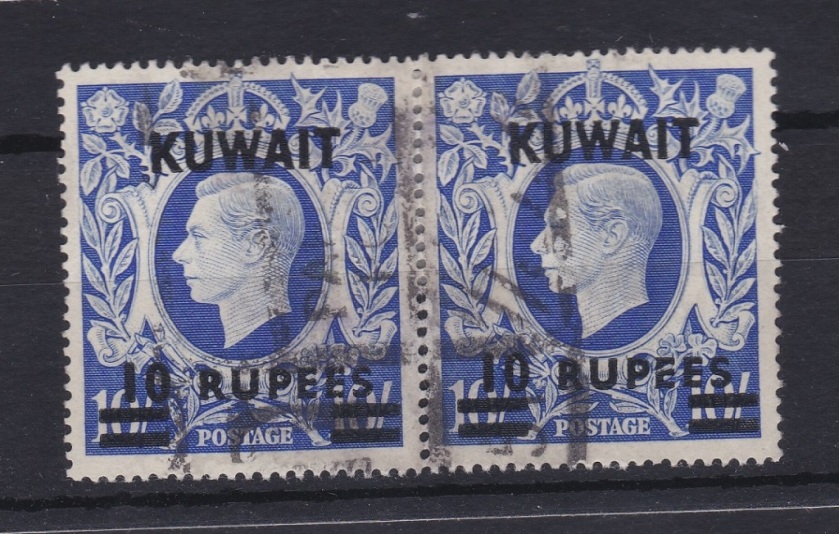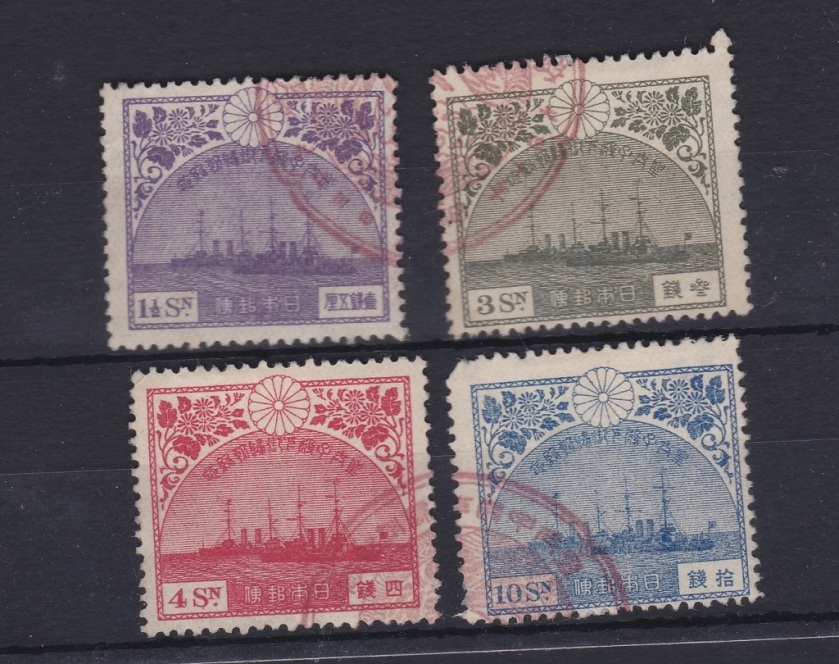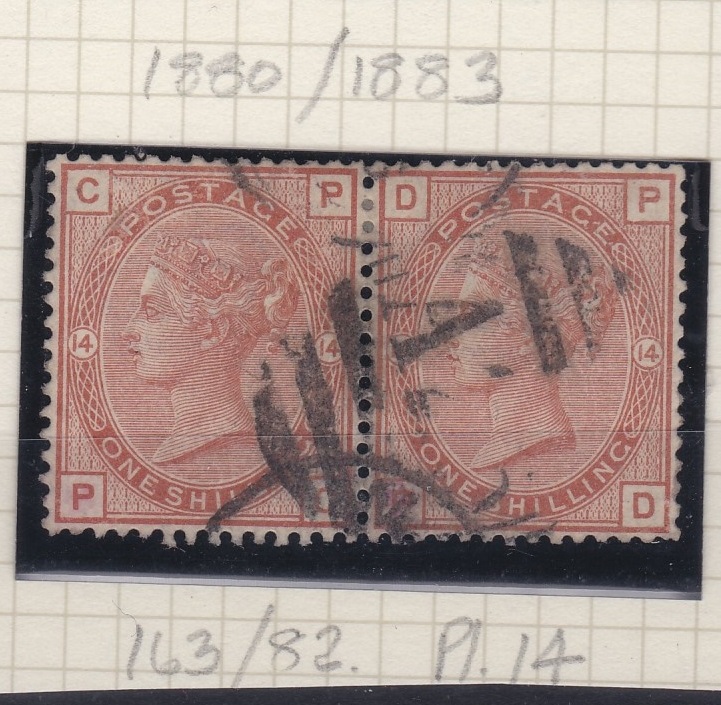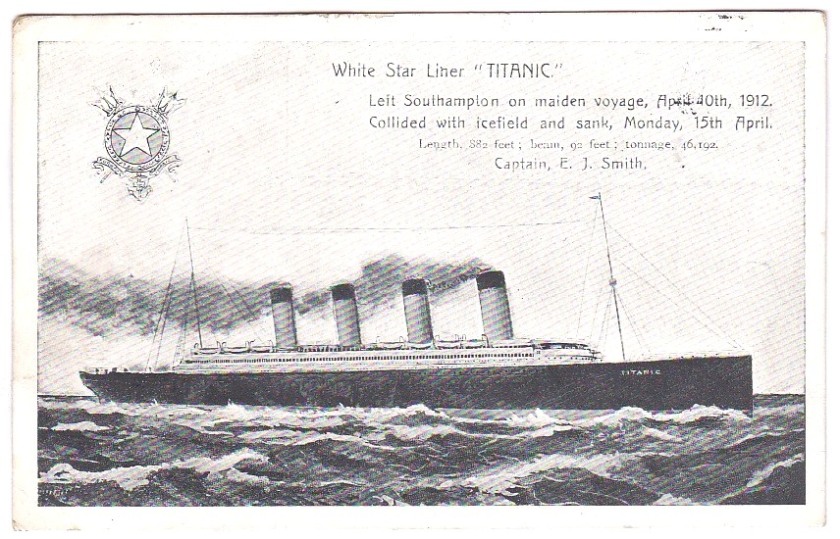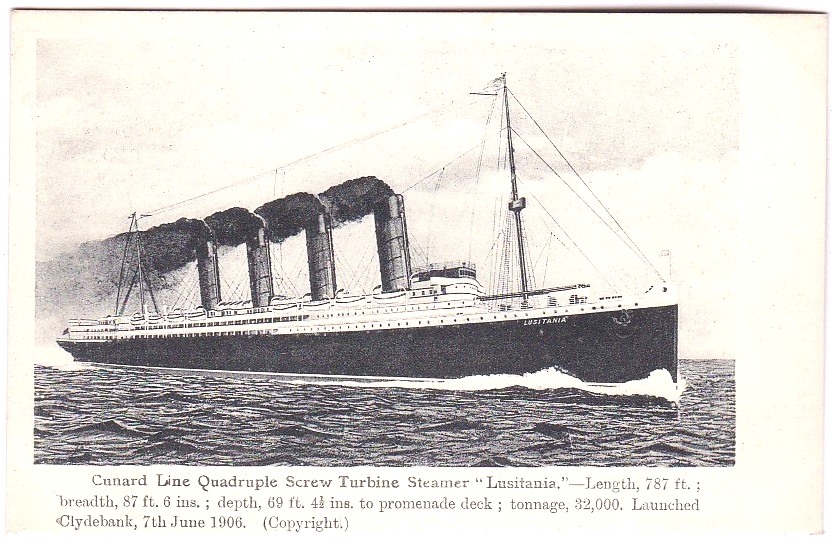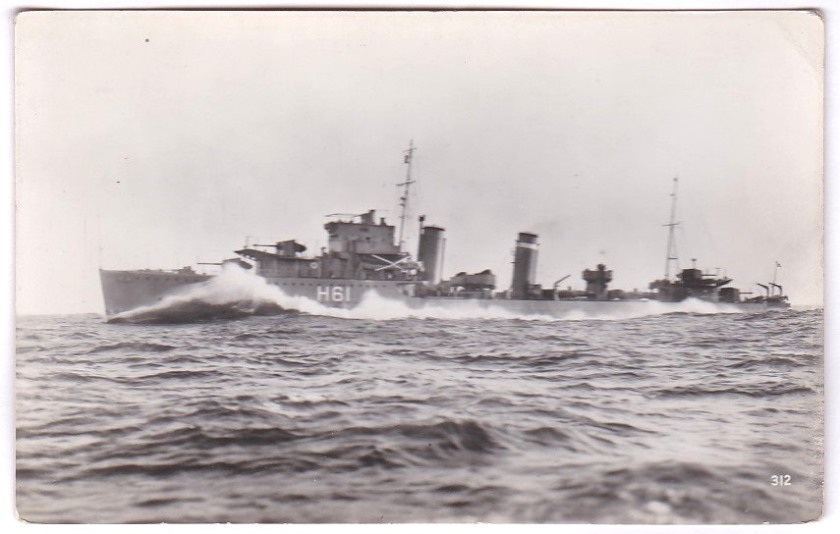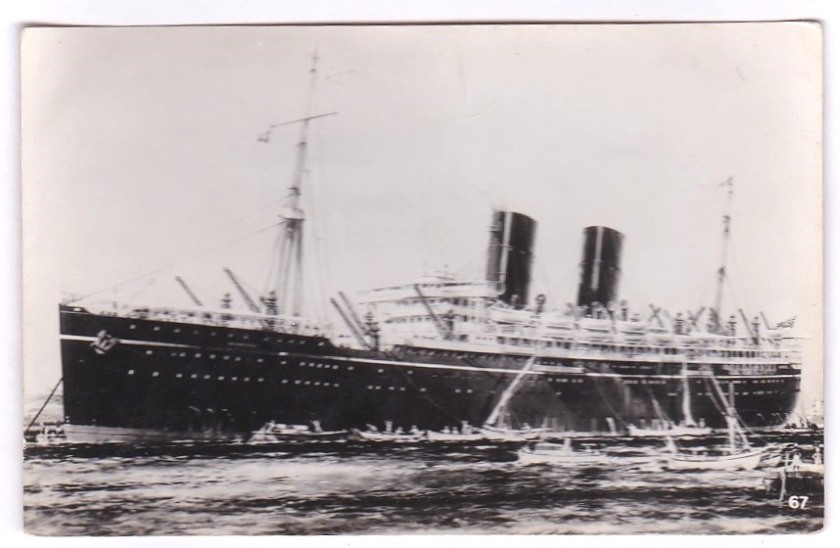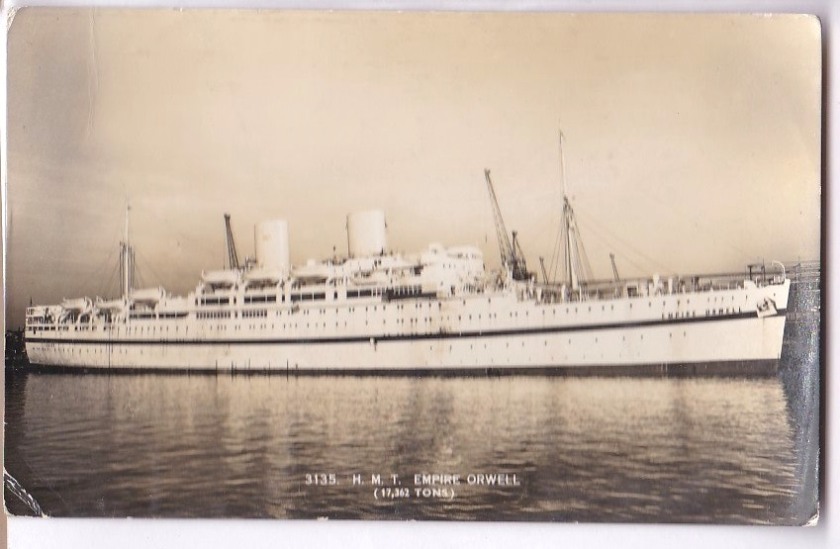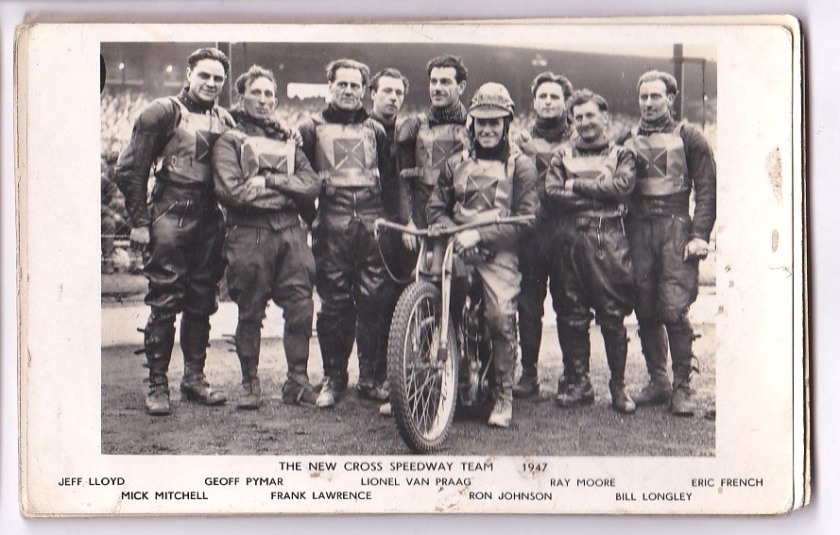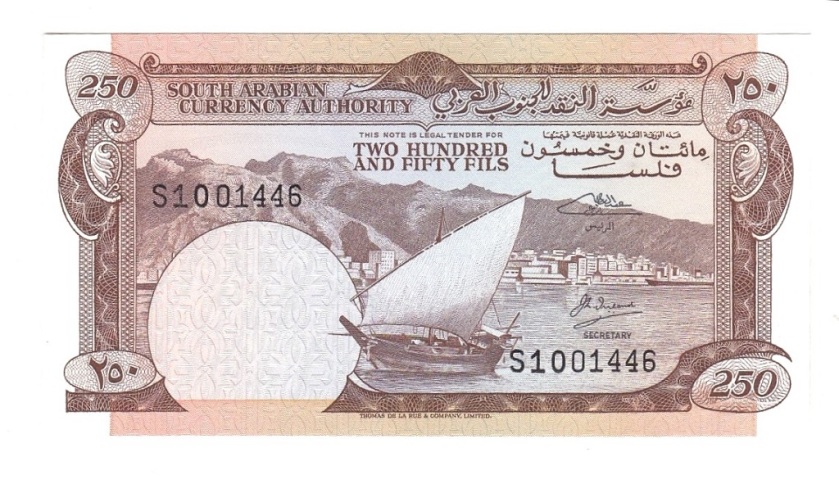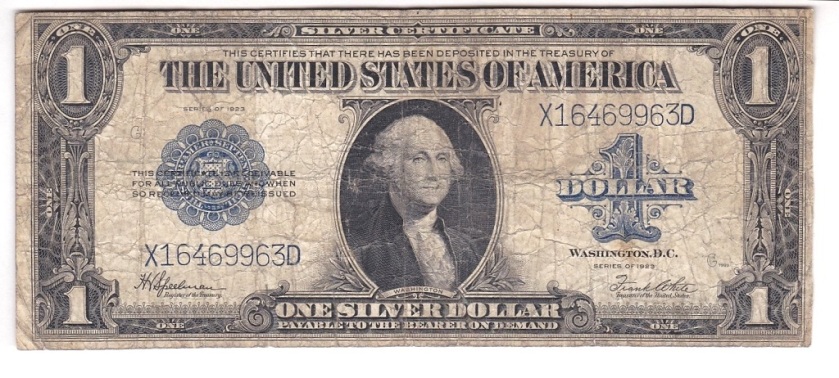INTRODUCTION
Welcome to the most difficult and controversial in this series of all-time XI themed posts. I am starting this post on Monday May 11 2020, and will finish when circumstances permit (see my previous post for why this is). I am looking at the most controversial of all international outfits, South Africa, and am well aware that in doing so I venture into a particularly densely populated minefield.
THE PARTICULAR DIFFICULTIES
AROUND SOUTH AFRICA
Peter Oborne in his biography of Basil D’Oliveira points out that no official South African side of their first period as a test nation, 1889-1971, can be regarded as in any way a representative XI as the vast majority of that country’s population were simply excluded from consideration. However, I will not disregard players from that era. I give due consideration to the white South Africans who had their international careers nipped in the bud by their country’s (IMO) long overdue international isolation, but I also make no secret of the fact I am rather more concerned about the non-white South Africans who with a few shining exceptions were airbrushed for many decades from cricket’s history, and they too feature in my thinking. Finally, there is one player in the team from my lifetime who has abandoned his native country after playing five tests for it, and I endeavour to explain and justify that inclusion. Also, I do not in my selection process acknowledge any kind of quota system, though I understand and accept the reasons why today’s South Africa continues to have one, and anyone thinking of using my approach to justify opposition to said quota system kindly take this as a preemptive ‘cease and desist’ notice. There are some goodies at the end of what will be a long post which should appeal to some of you.
SOUTH AFRICA IN MY LIFE
The readmission of South Africa, cleansed of apartheid, in the early 1990s, when I was in mid teens provides a natural cut off point for the start of my selections for this XI, and with due apology to some of the fine players from that country who showed what they could do at levels below full international, including against rebel tour sides some of whom were fairly strong I make it so.
- *Graeme Smith – left handed opening batter, captain. A magnificent record, including scores of 259 and 277 in successive matches against England, and he was also a very successful captain. My fellow blogger the pinchhitter has described his appointments in his current role running the SA national team as ‘getting the band back together’ in tribute to that fine film “The Blues Brothers”, as he has surrounded himself with a coterie of former team mates.
- Herschelle Gibbs – right handed opening batter. There were several possibilities for this role, but my choice of Gibbs is made because I think he is a perfect counterpoint to Smith.
- Hashim Amla – right handed batter. His record as the rock at no3 makes its own case for his selection. I remember his triple hundred against England when he never looked like getting out.
- Jacques Kallis – right handed batter, right arm fast medium. Another with an irrefutable case for selection. Had he been more enthusiastic about his bowling he would be a genuine challenger to Sobers’ title as the greatest of all all rounders, but as it is I have him as fourth seamer in this side.
- AB De Villiers – right handed batter, sometimes wicket keeper, occasional medium pacer. He is the X factor player in this eleven – and if the front four give him a really good start to cash in on hard hats for the spectators might well be advisable!
- Jonty Rhodes – right handed batter, brilliant fielder. Rhodes was the finest fielder I ever saw in action, and I have no hesitation in believing that like Gilbert Jessop of old he was worth 30 an innings to his side in that department, which is why I have given him the nod for this slot over others whose batting may suggest that they are more worthy and over Brian McMillan whose all rounder status might impress others.
- +Mark Boucher – wicket keeper, right handed bat. His amazing record as a keeper over the course of 147 test matches and his very handy middle order batting make him an easy pick.
- Shaun Pollock – right arm fast medium bowler, useful lower order batter. For this role he rates fourth out of all cricketers I have seen in my lifetime, with Wasim Akram, Malcolm Marshall and Richard Hadlee ahead of him.
- Simon Harmer – right arm off spinner, useful lower order batter. He played five times for his native land and had some success before decamping for England, for whom he may yet also get to play (although I personally think it would be a mistake to select him at this juncture for reasons I have discussed elsewhere). I acknowledge the frustrations that caused him to take the course he did, because I have very little doubt that if you are selecting only one front line spinner he is a better bowler than Keshav Maharaj. I also get why South Africa took the approach they did, so this selection is simply an endorsement of Harmer, NOT a criticism of anyone.
- Kagiso Rabada – right arm fast bowler. His record commands inclusion, and he is one of two ‘warheads’ I have given this South African attack along with…
- Allan Donald – right arm fast bowler. The fact that he chose to wait for his home country to be readmitted rather than qualifying for England meant that he was a little later into the test arena than he might have been, which makes his magnificent record once the opportunity arrived even more outstanding
It is a reflection of South Africa’s cricketing strengths in my lifetime that I have given them an attack featuring only one front line spinner, but I do not think that manipulating an attack of Donald, Rabada, S Pollock an Harmer backed by Kallis to capture 20 wickets in a match would be considered unduly taxing by most captains! While I could see the appeal and in some circumstances recognize the necessity of going for a quick and decisive breakthrough by opening up with Donald and Rabada at full bore I could also see using one of Donald and Rabada in conjunction with Pollock as a new ball pairing and bring the other super speedster on first change, especially at a ground such as Headingley, where a less quick bowler who can run up the slight slope from the football stand end and use a wind blowing towards them to move the ball about is often extremely useful, and you could then give both speedsters a burst with the ball newish even at the end of the second one’s spell from the Kirkstall Lane end.
THE NEW PLAYERS IN THE ALL TIME XI
- Barry Richards – right handed opening batter. One of those whose test career was ended by South Africa’s isolation. The word of Sir Donald Bradman (in Roland Perry’s “Bradman’s Best” that Richards was the finest opener he ever saw in action is good enough for me.
- Herby Taylor – right handed opening batter. In 1913-14 when Syd Barnes tore South Africa to pieces with 49 wickets in four matches at 10 a piece before missing the fifth due to a dispute over terms and conditions there was one shining exception to the tale of South African batting woe: Herbert William Taylor emerged from the series with 508 runs at 50.80. In one of the early innings of that series 10 South Africans plus extras scraped up 73 between them, yet the all out total was a semi-respectable 182 because Taylor made 109 – and even at the end it was not Barnes but Johnny Douglas who actually dislodged him. Louis Duffus in a short piece titled “Herby Taylor Masters Barnes”, which appears in “The Faber Book of Cricket” describes Taylor’s performance in that innings thus: “with machine like precision he reduced Barnes to the ranks of the mortals.”
- Graeme Pollock – left handed batter. His test average of 60.97 is only exceeded among those who have completed their careers and played 20 or more matches by Adam Voges who was lucky with his opponents (the one Ashes series he played was distinctly unimpressive, featuring only two fifties) and Bradman.
- *Aubrey Faulkner – right handed batter, leg spinner. 25 test matches brought him 1,754 runs at 40.79 and 82 wickets at 26.58, the only person to have played over 20 test matches and achieved the double feat of averaging over 40 with the bat and under 30 with the ball. He was part of quartet who bowled googlies, along with Albert Vogler, Reggie Schwarz and Gordon White, the latter primarily a batter. It was the fact that two of the four were worth places as batters that enabled all four to be picked and pace bowling not totally neglected as it was by Indian teams in the 1970s when none of Venkataraghavan, Prasanna, Bedi or Chandrasakehar, the game’s other great spinning quartet, were remotely close to being front line batters. In line with my thinking about slow bowling all rounders being well equipped for the role I have named as captain of this side. Faulkner was part of the only team to defeat the 1921 Australians, an assemblage raised by former England skipper Archie MacLaren. After MacLaren’s XI were rolled for 43 in their first dig and the Aussies scored 174 in reply, MacLaren himself fell cheaply, but Faulkner made 153, supported by Hubert Ashton with 75, and then Faulkner, Michael Falcon and Clem Gibson bowled Australia out to fulfill MacLaren’s prophecy that “I could put together a side to beat Armstrong’s lot” (The 1921 Aussies were captained by Warwick Armstrong, then 6’3″ and 22 stone, probably the largest ever international cricketer).
- Krom Hendricks – right arm fast bowler, could also bat. The first South African to miss out on international cricket due to his skin colour. He had many advocates for selection in the tour party being picked to go to England in 1894 (not a test tour, but who is to say that given the opportunity he would not still have been playing by the time of the 1907 tour). One attempt was made to include him by taking him along as scorer and baggage handler, a suggested arrangement to which Hendricks responded with outrage. Augustus Tancred, one the leading white South African cricketers of the day made an equally outraged counter response to Hendricks’ claims for equality, recorded in full in the Oborne book, and which basically amounted to ‘how dare a black man not know his place?’. I select Hendricks both for his own merits, which for the controversy in which he was involved to have arisen must have been very considerable and also as a kind of tribute to ‘the unknown black South African cricketer’ so many of whom performed over the years with poor/ no equipment and on the patches of wasteland with barely a blade of grass in sight that were the only ‘grounds’ and ‘pitches’ on which they were permitted to play. I considered Eric Petersen, a contemporary of Basil D’Oliveira for this position but opted for the more historic example of Hendricks.
- Hugh Tayfield – off spinner. He was the leading wicket taker for the first incarnation of South Africa as a test playing nation, given his chance after injury brought Athol Rowan’s career to an end largely on the strength of a hunch by then springbok skipper Jack Cheetham (detailed by Louis Duffus in the chapter he contributed on Cheetham to “Cricket: The Great Captains”
With these players assigned their places in the batting order, and the necessary deselections to enable that to happen the All Time South Africa XI reads in batting order: Barry Richards, Herby Taylor, Hashim Amla, Graeme Pollock, Jacques Kallis, *Aubrey Faulkner, +Mark Boucher, Krom Hendricks, Hugh Tayfield, Kagiso Rabada and Allan Donald. This line up has a power packed top five, a genuine all rounder at six, a keeper who can bat st seven and four quality front line bowlers. The bowling attack with three genuine fast men in Donald, Hendricks and Rabada, an off spinner in Tayfield and a leg spinner in Faulkner backed up by Kallis if needed is both strong and well balanced. The southpaws are underrepresented with only Pollock among the front line batters featuring, and no left arm bowler of any kind. However, it looks every inch a serious force to be reckoned with.
HONOURABLE MENTIONS
There is one very notable omission from this section because I am featuring him in a section to himself and one famous SA cricket name which I am deliberately not mentioning anywhere in this post for reasons readers should be able to work out, one of two such. Among the other recognized openers I could have named were Bruce Mitchell, Alan Melville, the adhesive Trevor Goddard, Jimmy Cook, the best South African opener of their period of isolation and good enough to at least increase the number of contenders for the title of best opener named Cook to two (Sir Alastair of course being the other) and Gary Kirsten. Eddie Barlow, Clive Rice, Ken McEwan (who did remarkable things for Essex in the 1970s and early 1980s) and Darryl Cullinan would all have their advocates for middle order spots. The considerable pool of fast bowling talents available for selection included JJ Kotze, ‘the timber shiverer’ who terrorized England in 1907 when the spinners did not have wet conditions to exploit, Neil Adcock, Peter Heine, Peter Pollock, Vintcent Van Der Bijl (Edmonds, a Middlesex colleague, in “100 Greatest Bowlers” suggests that Van Der Bijl’s test record had he got to play at that level would have looked quite similar to Brian Statham’s) and Garth Le Roux. More recently, without yet having enough of a record to merit consideration Anrich Nortje has been making waves. The spin department is easier to deal with, as with acknowledgement to Athol Rowan and Faulkner’s fellow googly bowlers (Reggie Schwarz learned the trick from its pioneer Bosanquet while at Middlesex and taught the others) the only other two who might merit consideration were Denys Hobson, a 1970s leg spinner, and Imran Tahir, one of those who were seen by Harmer as blocking his progress. Other than Boucher only two other wicket keepers were in the mix, Denis Lindsay and John Waite.
MIKE PROCTER
Mike Procter was unquestionably a great all rounder, a genuinely fast bowler who could also turn his hands to off breaks at need and an attacking middle order batter who no opponent dared treat lightly. However, with Donald, Hendricks and Rabada all nailed down for places, and Kallis also there to bowl fast medium I felt that the genuine all rounder of the side needed to be a spinner for the sake of balance, and I defy anyone to challenge my categorization of Faulkner as the most genuine of genuine all rounders.
BASIL D’OLIVEIRA
Given what he achieved when he got to don the blue cap of England at an age well past cricketing prime, what I have read about his deeds in coloured cricket in South Africa and for the SACBOC XI, the nearest thing South Africa had to a truly representative team before 1992 (there were no whites involved, but not because they were excluded but because none chose to participate – had any done so and been good enough to get selected it would have been fully representative, and it was in any case far more so than the teams that were openly drawn from only a tiny minority of that country’s population) I am going to go right out on a limb and say that had D’Oliveira’s test career started in his early twenties for South Africa he would stand not merely as one of the finest cricketers of his generation but as one of the game of cricket’s greatest ever players. The first stage of SA’s isolation began when the MCC, in an attempt to avoid an awkward situation declined to name D’Oliveira in the 1968-9 tour party to South Africa, but then when Tom Cartwright, primarily a bowler, pulled out citing injury (but actually because he was not prepared to go to South Africa) they then named D’Oliveira as his replacement, knowing from the reaction to his initial non-selection that anything else would have been unacceptable. The then South African leader John Vorster decided this gave him the opportunity for a spot of jingoistic posturing and declared that D’Oliveira would not be allowed into South Africa. The MCC responded in the only way they could by cancelling the tour forthwith, although they tried to continue with the 1970 series in England, but soon found that that was not going to be possible either. The final curtain rang down on South Africa’s first incarnation as a test nation when they were due to tour Australia in 1971-2. Anti-apartheid protesters in Australia did not want this tour to go ahead, but others, initially including Bradman who would ultimately make the final call. Bradman made contact with protest organizers, as documented by Roland Perry, including Meredith Burgmann with whom he had an exchange of letters, in which to Burgmann’s own surprise she found Bradman coming round to her way of thinking. Then Bradman bearded the dragon in its den – he went to South Africa and had a private meeting with Vorster. Vorster, making the same kind of misjudgement about Bradman that Burgmann had when she assumed that he was ‘one of them’ assumed that Bradman was ‘one of us’ and during that private discussion gave vent to some unvarnished and apparently exceedingly crass racism and it was that that finally settled the issue for Bradman, and he not only cancelled the tour, but made a famous statement that “We will not play them again until they select their team on a non-racist basis.” From then until readmission post apartheid in 1992 South Africa did not play another official test match. Vorster who like certain hard right racists of more recent vintage (recognize anyone, USian followers?) did not take kindly to being crossed and had a tendency to throw tantrums proceeded to produce a classic in which he publicly berated Bradman because the Aussie had proved not be ‘one of us’ or ‘one of them’, but his own person, making decisions based on the evidence presented to him. While I could not name D’Oliveira in the squad because of his long association with England and English cricket I felt that a section about him was appropriate and I end with the little note that test series between England and South Africa are now played for the D’Oliveira trophy, which at the time of writing is in English hands.
A SUMMATION
When I set out on this little expedition through South African cricket I viewed it rather akin to strolling through a densely planted minefield because of the controversial nature of the subject matter. Feel free to comment if you so wish on how many times I metaphorically blew myself to pieces during the journey, but bear in mind that at least I made the journey myself rather than sending a minion, or recording video footage with the mines safely deactivated! I hope I have done justice to my subject matter, and that my selections are at least intelligible, and I conclude the cricket part of this post by repeating a point made in an earlier post in this series that with these international side selections no two people would be likely to arrive at the same set of answers.
A SOUPCON OF SCIENCE AND A MEASURE OF MATHEMATICS
For those interested in astronomy, a piece about the mapping of the surface of a Neutron Star from physics-astronomy.com, accompanied by this video:
The ‘measure of mathematics’ comes from brilliant.org, from where I present the following problem:
I am feeling generous, perhaps because of the continued improvement in my health, and perhaps because this post has been such fun to create, so I will give the four available answers: a)9 b)15 c)21 or d)27. I will reveal all tomorrow.
PHOTOGRAPHS
Well, our African Adventure (yes, many years ago in my youth, I did read the series of books by Willard Price that included one with that title) is done, and we have seen a soupcon of science and a measure of mathematics, so all that remains is the final photographic flourish:

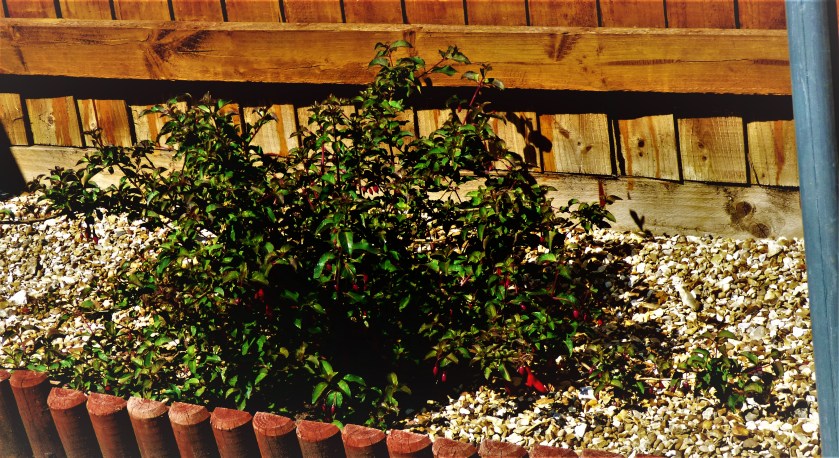

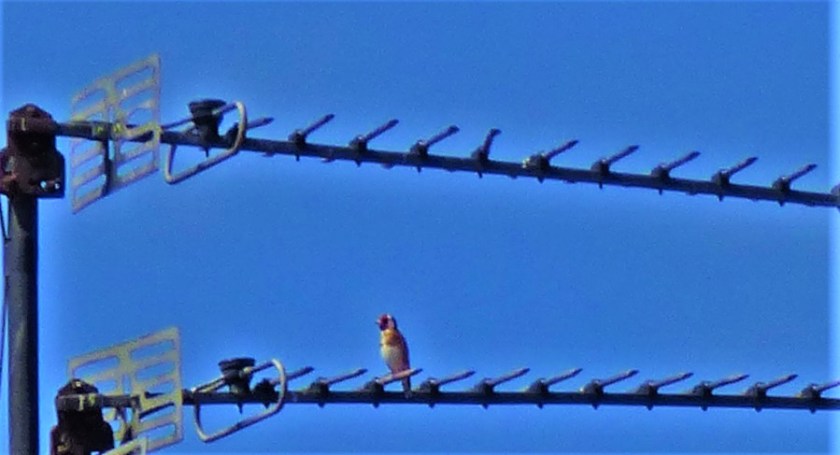



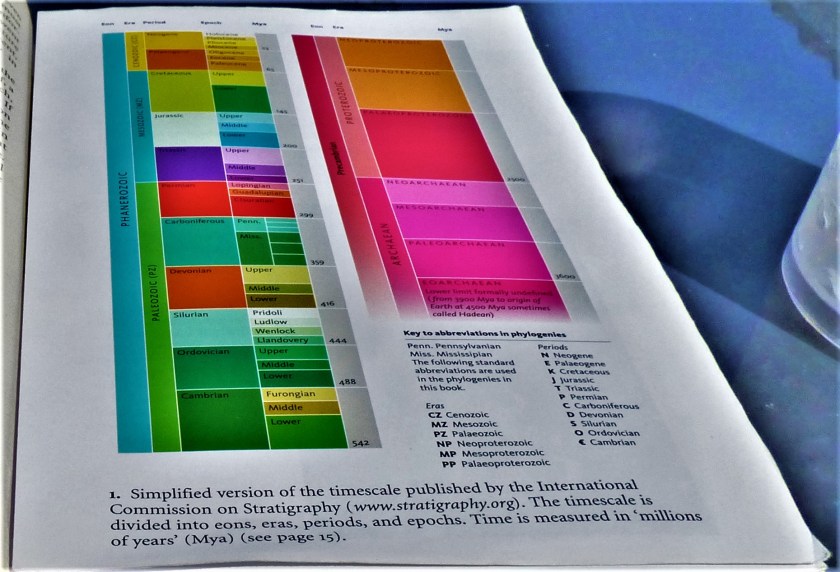
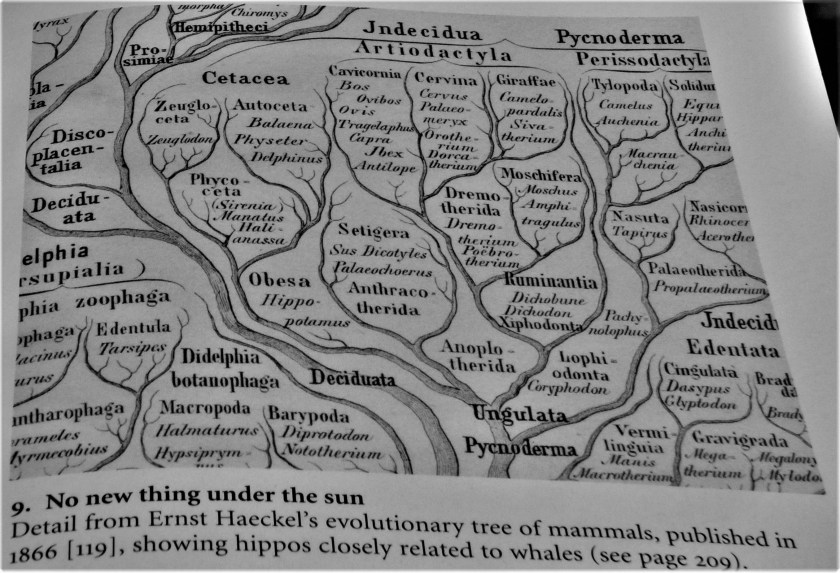


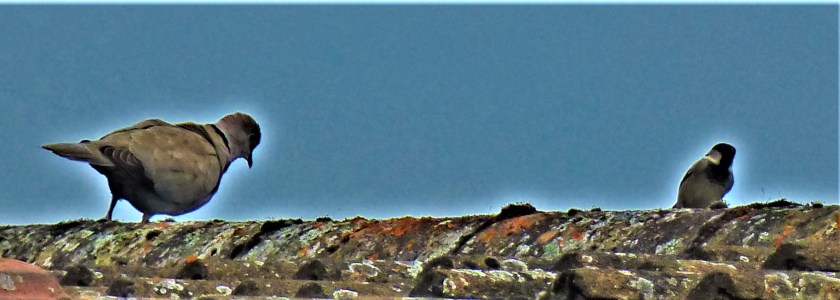


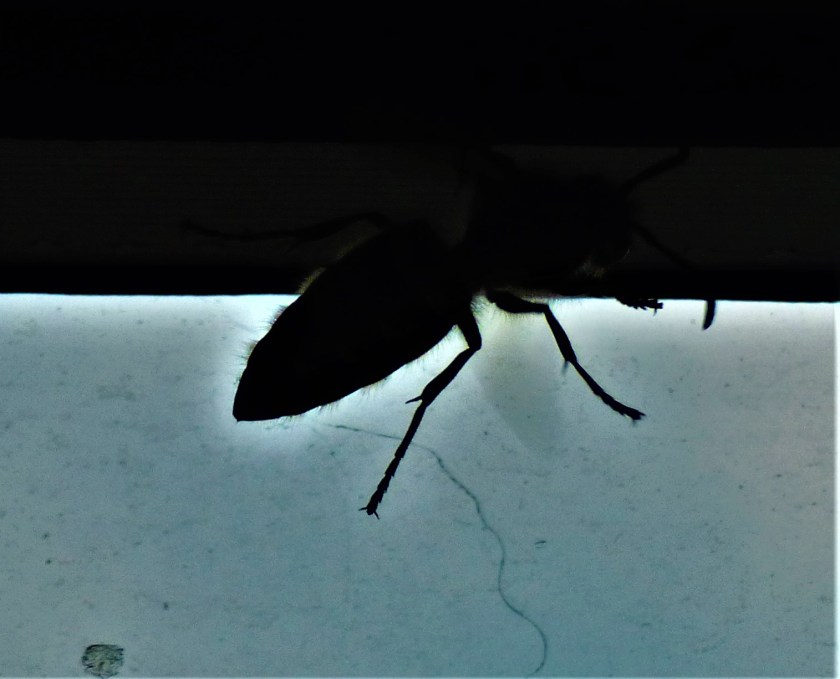
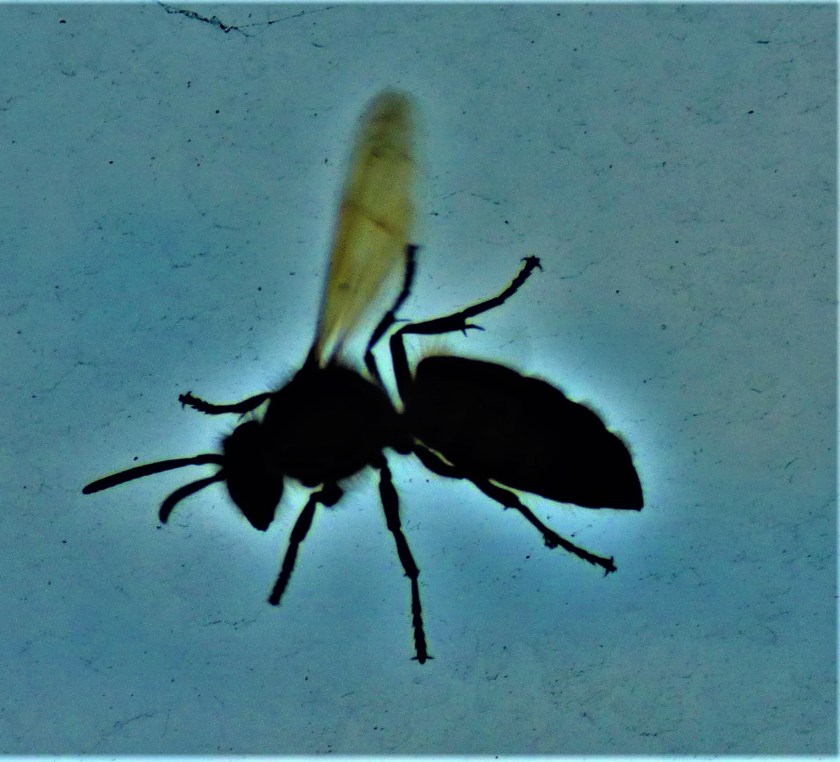


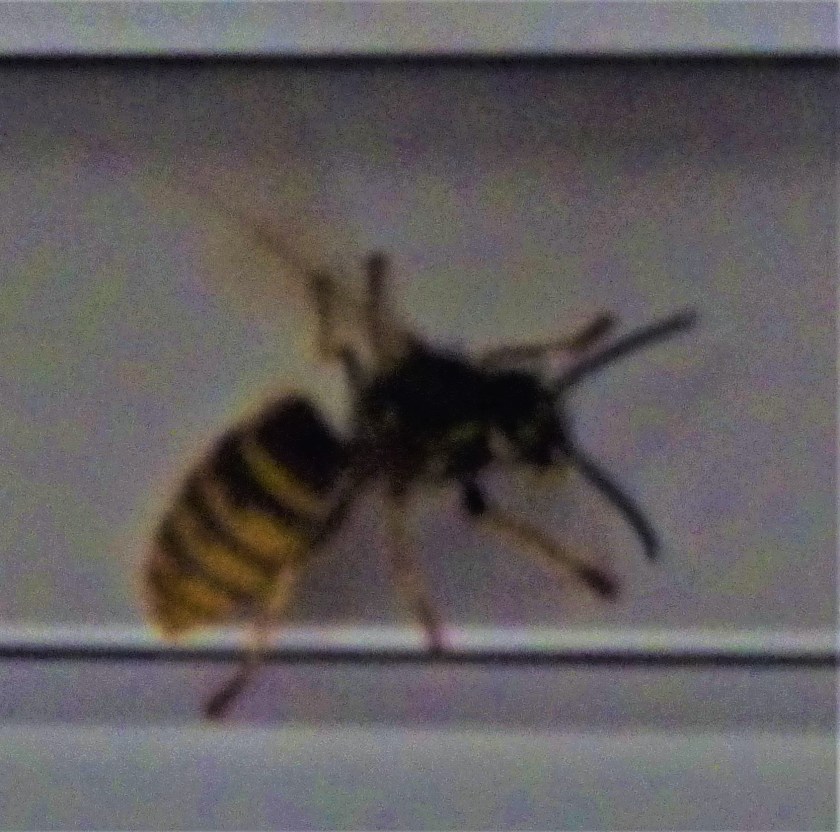

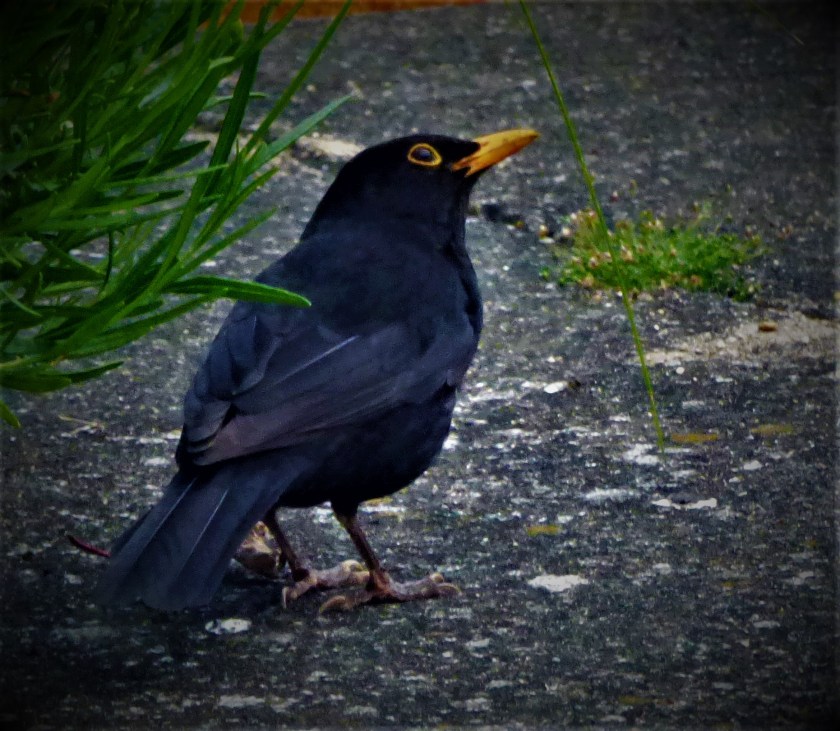



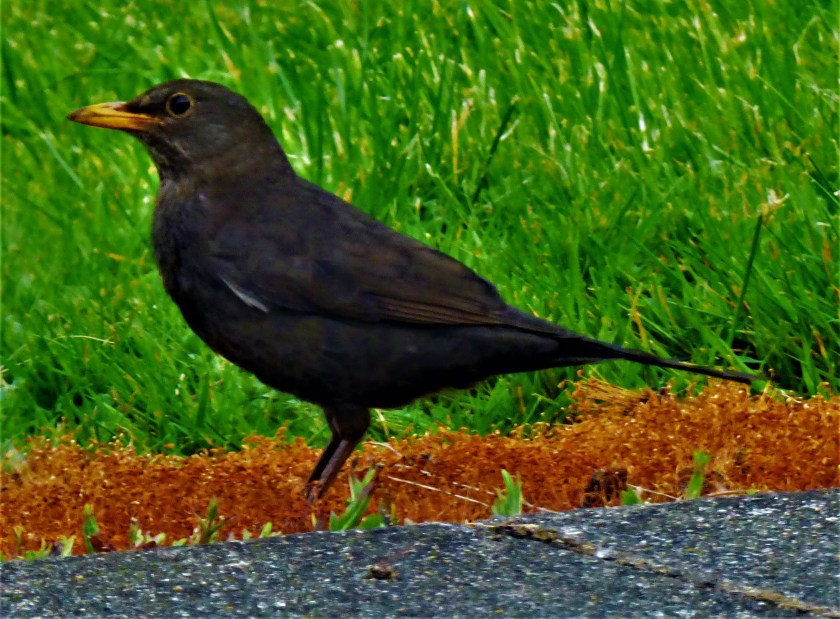




PS I have spaced the construction of this post out over most of a day, with breaks when needed, and I am feeling fine and only a little tired – for all the size of this post in total starting from 10AM I have probably given four hours to it, meaning that closer to five have been spent doing other things.





